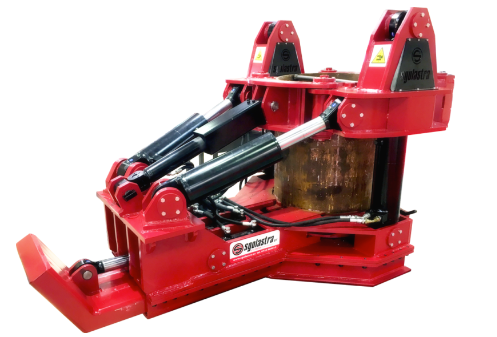Clamps are one of the most important and versatile tools across a range of industries, from metalworking to construction, and the column grip is a particularly powerful variation. In this article, we will explore the fundamental role of clamps in general, the different types of clamps available, and the significance of the column grip.
Clamps are tools designed to securely hold objects of various sizes and shapes so that they can be worked on, repaired, or assembled. This tool is essential for several applications, including:
- Working with Materials: Clamps provide a stable anchoring point for working on materials such as metals, wood, or plastic. This increases precision and safety during the machining process.
- Assembly and Repair: Clamps are fundamental for assembling or repairing parts or objects. For example, in a workshop, a clamp can be used to secure components of a vehicle being repaired.
- Welding and Grinding: For welding, grinding, or similar operations, clamps offer a stable anchoring point for precise work.
- Securing Pipes and Rods: Specialized clamps, such as pipe and rod clamps, are ideal for gripping and securing pipes, rods, and other threaded components.
What Types of Clamps Are There?
There are various types of clamps, each designed for specific purposes. Some common types of clamps include:
- Bench Clamps: These clamps are mounted on a bench and are manually operated to tighten or loosen parts. They are widely used in workshops.
- Break Clamps: These clamps allow for greater rotation and can be used for flexible positioning of pieces.
- Swivel Clamps: Swivel clamps allow the clamped object to be rotated in various directions, providing greater flexibility during work.
What is a Column Grip and What Is It Used For?
The column grip is a variant of bench clamps that offers additional flexibility. This clamp is designed to move and extract medium to large diameter steel pipes, ranging from 400 to 900 mm, up to depths of 70 meters. Its main function is to provide a stable anchoring point for the pipes, allowing for more precise and controlled work on them.
The column grip is particularly useful in applications where large diameter pipes need to be worked on or deep drilling operations are required. Its ability to rotate and move the pipe greatly facilitates operations, offering increased versatility in machining tasks.
In conclusion
Clamps are a fundamental tool in many industries, providing a stable anchoring point for working on objects of various sizes. The column grip, with its ability to move and extract large diameter pipes, represents an excellent resource for specific applications, enhancing efficiency and precision in machining and assembly operations.

